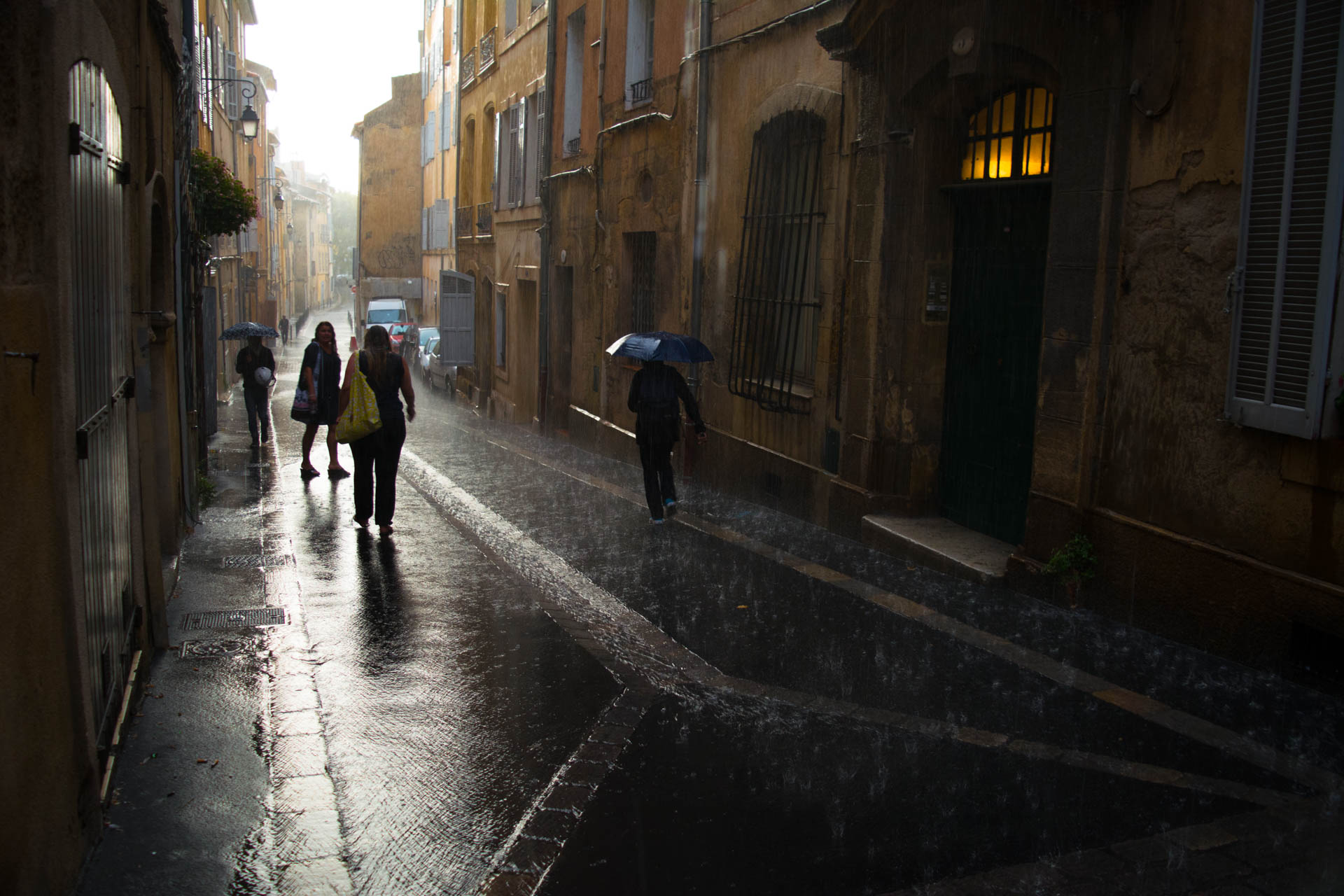
Approach

Below I talk about why I shoot, what I shoot, when and where I shoot and how I go about it.
Why
Why do I do photography? Good question. Although I once did it for a living, the need to do it goes well beyond economics; it’s a compulsion really, to deliver up my visual world in a way that appeals to me. The compulsion extends to my home where I fashion the interior, the exterior and the garden until I’m thoroughly content with the outcome. I never am, of course, so adjustments are on-going, much to the dismay of my partner, Randi, who prefers that her surrounds stay put. Yes, I am compelled to photograph,.as was my father. It’s in the DNA.
What
What do I like to shoot? I love to shoot nature. When I find myself behind the lens on a beach, in the woods, on the grasslands or in the desert, I…I lose myself. Nature through the lens is so endlessly fascinating, so wondrously rich in patterns, colours and textures. And the intricacy and beauty of design of the smallest of things takes the breath away. Hours become seconds.
And I love to shoot people. People are dynamic, unpredictable, emotion-filled or emotion-less. Each person is unique, each person expresses their culture, their values, their life experience in what they wear, how they act and where they are. My job, as I see it, is to capture the essence of people, the context in which they are found and the interaction between the two.
When
The ‘when’ of nature photography tends to be ‘when the mood strikes or when out on a hike with friends.’ I hold no schedule and frankly, I should, because I don’t get out often enough. The people photography tends to be focused on special community events and on places to which we travel.
Where
The world is chock-a-block with fascinating things to shoot. You don’t have to travel off your property, much less to another country. If you haven’t done so, test my theory. Mark a spot anyway, then, with your camera, carry out a two hour shoot within 100, 50 or 25 paces of that spot. Stick it out for TWO HOURS. Dig deep, look up, look down, get up and look down, get down and look up, lie on the ground, shoot at an angle, blur backgrounds, keep everything sharp. Work your territory, knock off a hundred shots, then spend another two hours examining the results on a photo editor. Why is one better than another? What could I have done to make this shot stronger?
Where to shoot? Wherever you happen to be with a camera in your hand.
How
Each photographer will have his or her unique answer to the question ‘how to shoot.’ It varies with one’s intent, experience, equipment, courage (in the case of shooting people candidly), time of day, quality of the light and so on. Here, though, are my cardinal principles which I spire to apply when circumstances (and my brain) allow:
Shoot from the shadow side
Shoot from a place where the sun is casting shadows in your composition. The shadows provide dimension, depth, visual interest. Shoot near dawn and dusk Early morning and late day light is magical and not to be duplicated. It is soft, pastels-laden and warm.
Brace yourself
Practice properly bracing yourself in a way that creates a human tripod. Any primer on photography will elaborate on this.
Know your camera
Know how to get what you need from your camera. That is, know how to adjust camera controls to get the effect you’re looking for.
Work a strong shot
Occasionally, you see a shot that just feels and looks like a winner. Don’t take one shot and walk away. Work the shot. Change the controls, change your position (and thus the composition), change the focal length with your zoom lens, shoot, shoot, shoot.
Wait for it
If you’re shooting people in context, take an initial shot to ‘get it in the can,’ then wait, braced and aimed at the subject, for something to happen — a facial expression, body language, a hug, something that registers their humanity, then bam, capture it.
Manage the light
Learn how to read light — recognize the quality of it (soft or hard), the direction it’s coming from and if there is time, move to the shadow side, then shoot. Watch for odd situations where a cell phone is lighting up a face or bouncing off a wall and use it to your advantage.
Ask permission
Candid photography is, by definition, photography done without permission, a greater and greater challenge these days. Situations arise, however, such as the weather-worn face of a fisherman tending his nets, where getting a posed shot might well be superior to a candid shot. Ask permission. All the person can say is yes or no. And it might just result in an award-winning photograph. And he or she will appreciate your respectful approach.
Move
Amateur photographers seem to have a thing about moving to get a good composition. The urge comes; they shoot. Good photographers craft their images, which includes moving (up, down, sideways) to achieve the best result. Be diligent; be patient.
Check the result
Sometimes I get into a shooting frenzy only to find after I’ve knocked off a dozen or so shots, that the camera was on exposure override and they’re all washed out. Get into the habit of quickly glancing at the screen to see that your shot is in the ballpark. Better still, whenever you’ve adjusted the camera, remember to zero it again when light conditions change.
That’s me done. I hope you enjoy this site. Please feel feel to drop me a line or comment in the guest book. Thanks for dropping by. Peter